Wind-fallen scarves workshop at Big Cat Textiles, Newburgh, Scotland – August 2015
India Flint is a world renowned textile artist from Australia, famous for her discovery of the eucalyptus leaf eco-printing technique. She travels the world (or whirled as she prefers to spell it!) exhibiting and teaching about sustainable fabric dyeing options which venerate rather than exploit our Earth.
The image above illustrates so many things that I love about her work. She kindly allowed me to photograph the amazing apron she was wearing during a workshop I attended at Big Cat Textiles in Newburgh, Scotland last August.
Apart from the fact that an apron is already a garment evocative of seemingly slower, gentler times passed (how many of us regularly need to wear an apron these days?) this particular example expresses so much about India's philosophy on textiles and life.
According to India, this apron will be a life-long creation that she started 15 years ago. It has been infused with natural plant dyes many times. Edited and re-edited, imbued with organic reminders of places visited; leaves and flowers pressed into the cloth, their shapes allowed to manifest serendipitously due to the unpredictable nature of botanical fabric dyeing.
It features embroidered memories, sashiko stitching and patches to mend or embellish along with decorative trinkets collected on travels. India made the turquoise cross from a piece of steel found in a gutter in New Orleans!
Considering the length of time humans have been wearing clothes, the phenomenon of mass fashion consumption is comparatively recent. Only a few of generations ago, clothes were predominantly made by the mother of each family and valued all the more for the time, effort and expense involved in their production. My mother made so many of my clothes (although I'm still traumatised by some of them!) and despite the fact that I looked like one of the Von Trapp children, she saved much needed money by making them herself.
How quick and easy it is to forget in this era of cheap, throw-away clothing that a human being still has to guide a sewing machine and that the contents of your wardrobe don't just magically appear in your favourite store. The problem these days is that due to our media-led belief that more is more, we are often brainwashed into believing that we are not attractive unless we conform to the latest fashions. We must therefore constantly update our clothing both to feel good and because the quality of materials used was so poor that it wears out quickly. This demand has led to exploitation of workers in the fashion industry and massive environmental pollution. The fashion industry creates 1/5 of global pollution not taking into account the fact that many fibres these days are derived from the petroleum industry (another huge contributor).
If you believe in energetic exchange and that what you're wearing tells the story of its production then when we buy cheap, we're not only wearing a lot of pain and exploitation but are perpetuating it.
So India's apron was a reminder that clothing can be for life and this simple return to values gone by represents a huge rebellion against the consumerist agenda so prevalent today.
Although I attended India's workshop to learn more about eco-printing, it was really the chance to spend time with such an interesting artist with a common-sense, holistic approach to her creativity that attracted me.
I had experimented with eco-printing during my MA but the results looked like they'd been exhumed and smelt worse so I was keen to see a master at work.
In keeping with India's ethical practice we only gathered wind-fallen leaves, flowers and bark but were allowed to gently prune prolific foliage. We bundled our foraged treasures between two aluminium plates, tied with strong twine and left in the cauldron to cook.
Nothing was wasted. Following the cooking, the bundles were left to cool before we slowly undid our twine, winding it round a pebble collected and gifted to us by India ready for use next time. Even simple string can become special to the process when used and re-used mindfully.
India's work is so intrinsically linked to nature that an important part of the workshop was getting outside to gather materials. For me, as a busy working mother, to get away on a solo adventure is rare and to walk anywhere on my own without dogs/kids/husband has become unusual, even a little uncomfortable. Prior to children and marriage I had travelled around America on my own so noticing my discomfort highlighted how I've changed in the last 17 years. I may have become a little institutionalised... I may need to reclaim some independence now the children are older...
Being given space and time to walk and ponder outside, by myself was therapeutic and I did enjoy my chip batch overlooking the Forth of Tay.
We used mud from the river as a mordant due to its salt content, finger painting to see if it would intensify the colour extraction. Our silk scrim had been appliquéd and embroidered with a word or mantra. Mine was 'unity'. The fabric was to be folded and stitched into a bag to hold our silky merino scarves. The Japanese maple leaf I found along the river made a great print.
There's an earthy charm to the resulting textiles. If you have an eye for contemporary fabrics and colour trends you might be challenged both by the organic palette and the unpredictable essence of this art. There's no prescribing or predicting your results to fulfil consumer demand which questions notions about viability or value on the commercial market and for me therein lies the charm. Natural fabric dyeing subverts the assumption that we are all consumers with an insatiable appetite for cheap, readily available products. In fact, it empowers us to stop being consumers all together. Perhaps we're moving into an era when re-dyeing, up-cycling, mending, embroidering, embellishing and editing our clothing until we love what we're wearing is more appropriate?
Then there's the contentious question of colour fastness. I have much more experience with pot-dyed rather than eco-printed textiles but with my limited knowledge of the latter I have found that the colours aren't as strong and fade more rapidly but does the permanence of colour even matter? Why are we so obsessed with permanence anyway? Is there a different beauty to be appreciated as a textile fades and more fun to be had in re-dyeing?
My results still looked like they had been exhumed but having seen India's beautiful work, I realised proficiency in the eco-printing craft might take years of learning to develop a relationship with the idiosyncrasies of plants and what if beauty is not just about aesthetics but about the provenance of your cloth? The things we love become beautiful so the scarves and bag I made hold a special place in my heart due to the time I spent walking alone by the river, sitting silently embroidering with the other ladies on the workshop and experiencing the thrilling anticipation of unbundling my cooked fabric.
During my MA in 2013, I wrote about the effects of meditation on creativity. Using myself as a guinea pig, I undertook an intensive daily meditation practice and noted that the work I produced during this time felt more authentic and enjoyable but looked less attractive (to my perhaps conditioned tastes). The process of creation became more important than the resulting product. Similarly, eco-printing challenges my need to make pretty things that other people will approve of; it challenges me to relinquish control.
What if we could all just get out of our own way and allow the creative process to work through us? That is real meditation; transcending the separating force of the controlling mind to fully unite with your surroundings, therefore more intimately relating to your materials.
That level of immersion in your art requires full commitment, passion and genius and India is a great example of this. She's an inspiring role model who lives and breathes her practice so whilst my results may not have been as beautiful as hers, I came away from the weekend feeling nourished by the whole experience. Less eye candy; more SOUL FOOD!
India Flint has a website and writes lovely posts on Facebook and Instagram - just search for 'Prophet of Bloom'.
Written by Justine Aldersey-Williams December 1st 2015





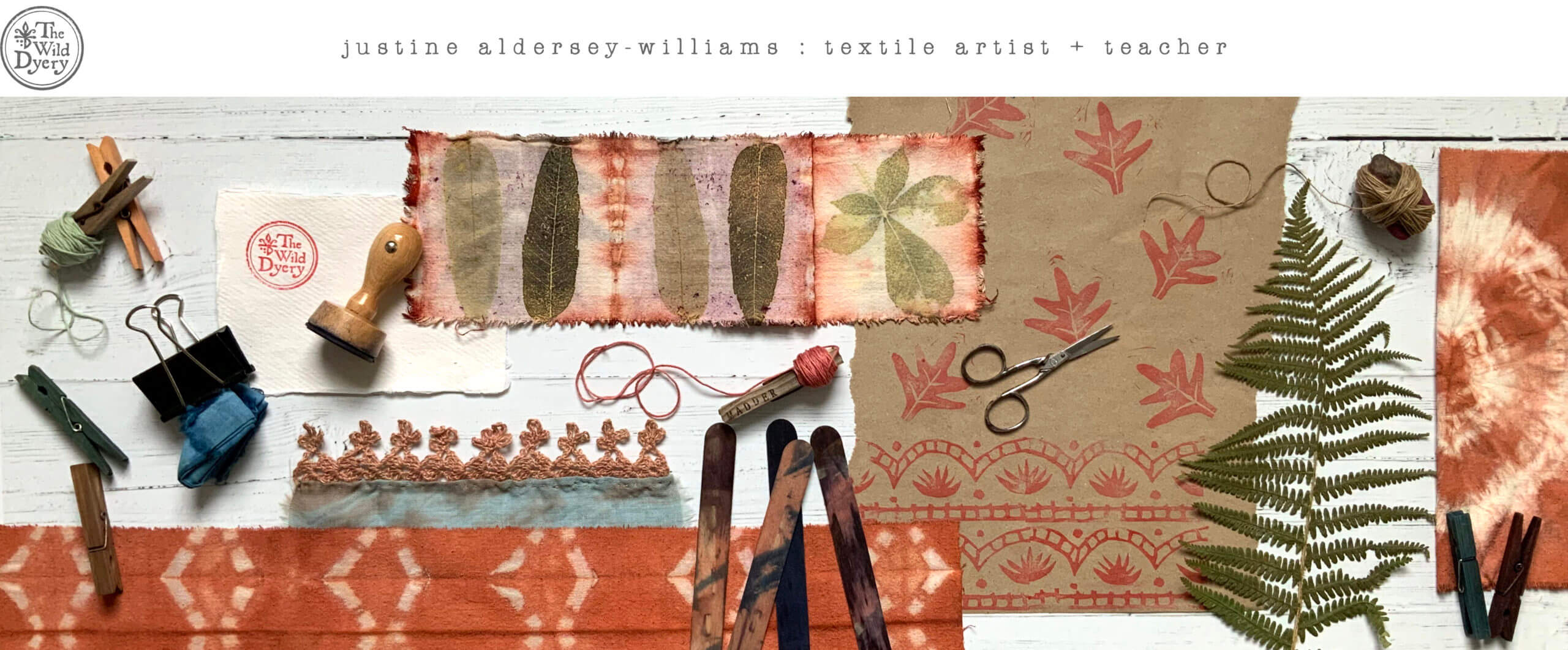
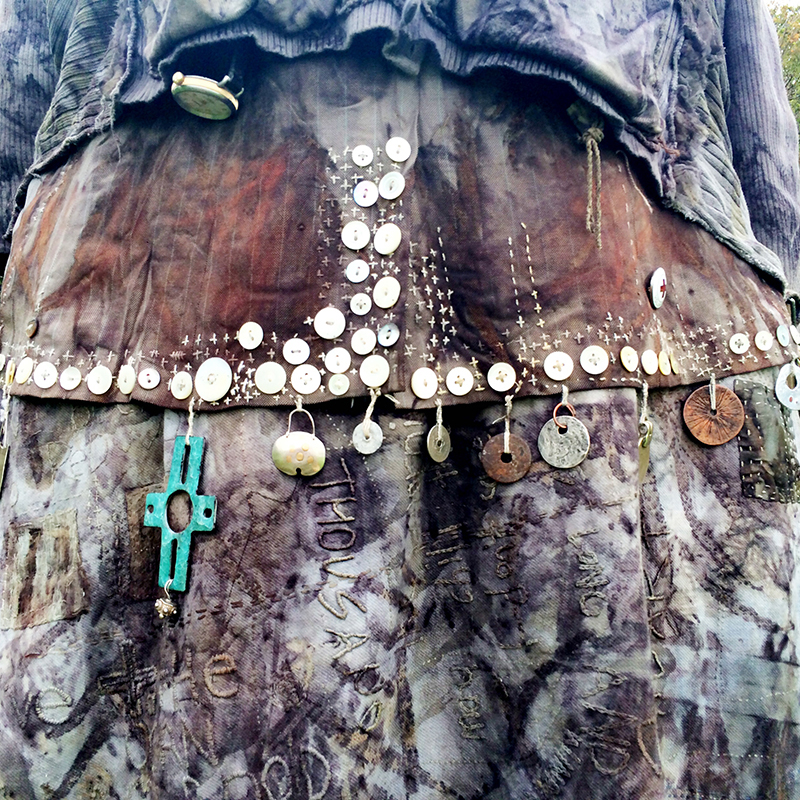
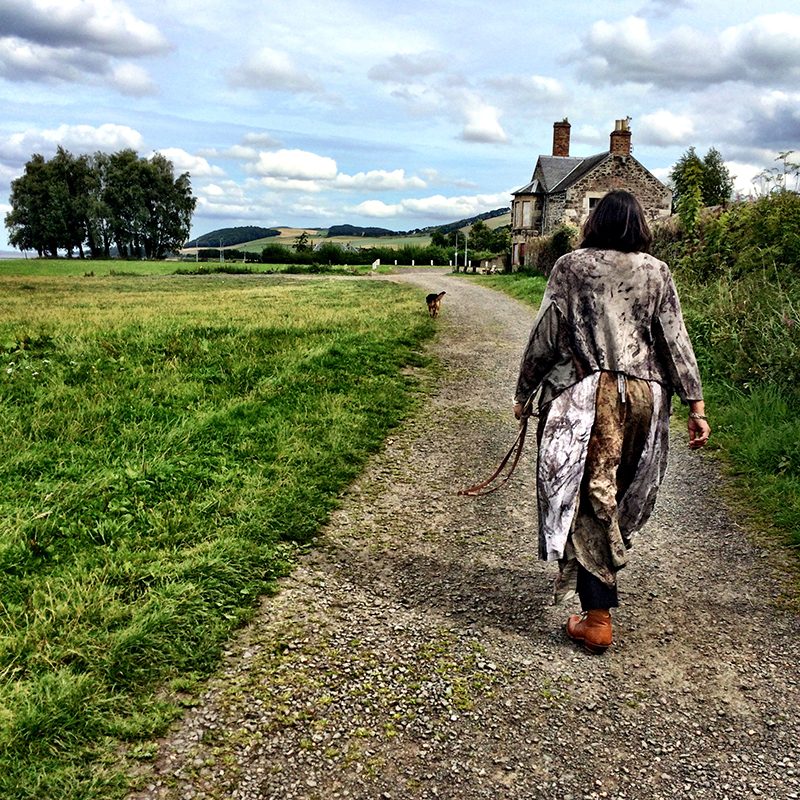
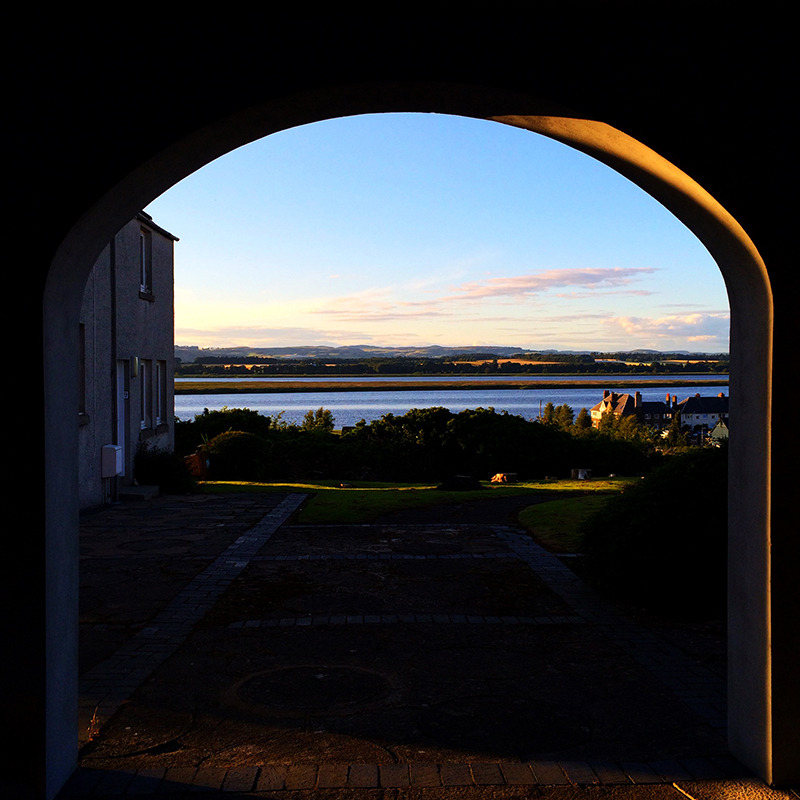
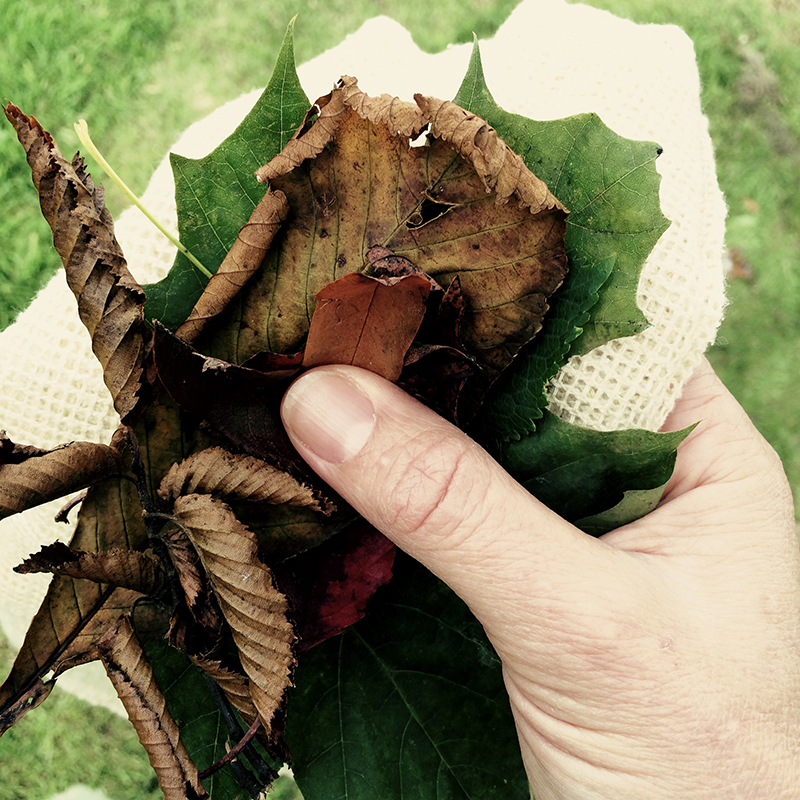


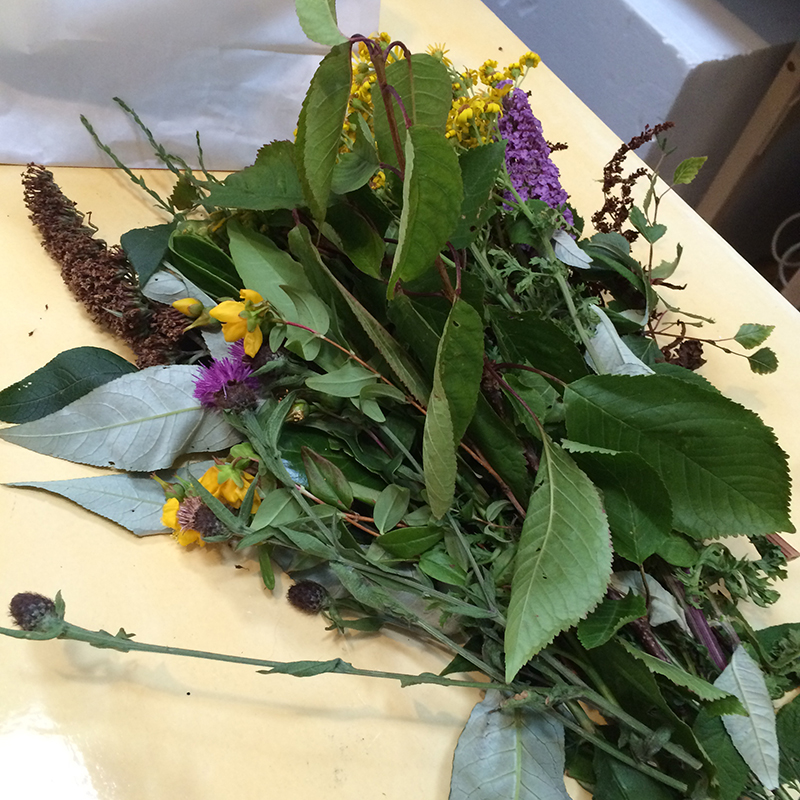
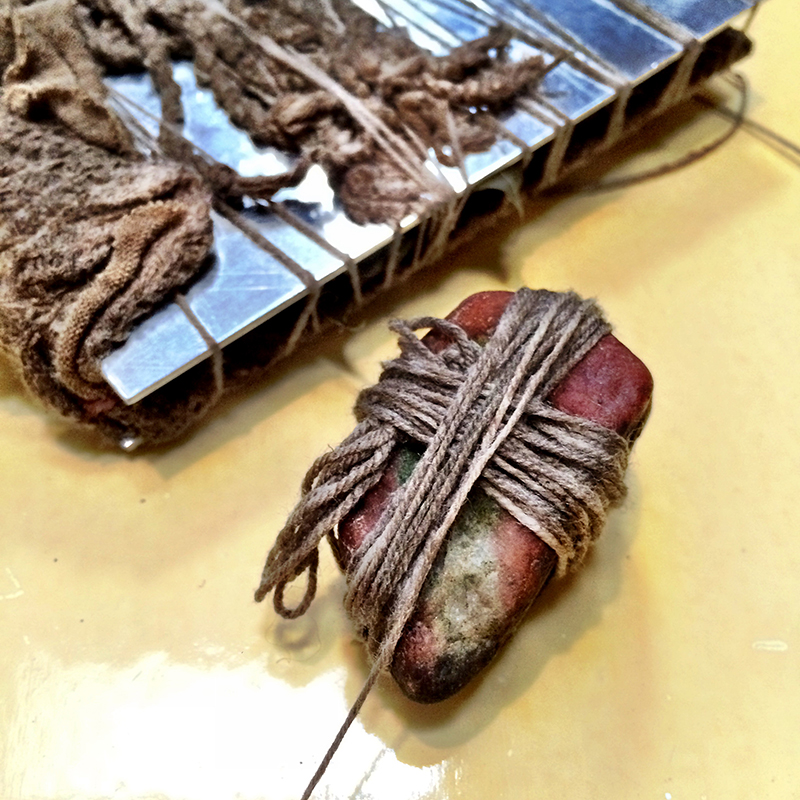
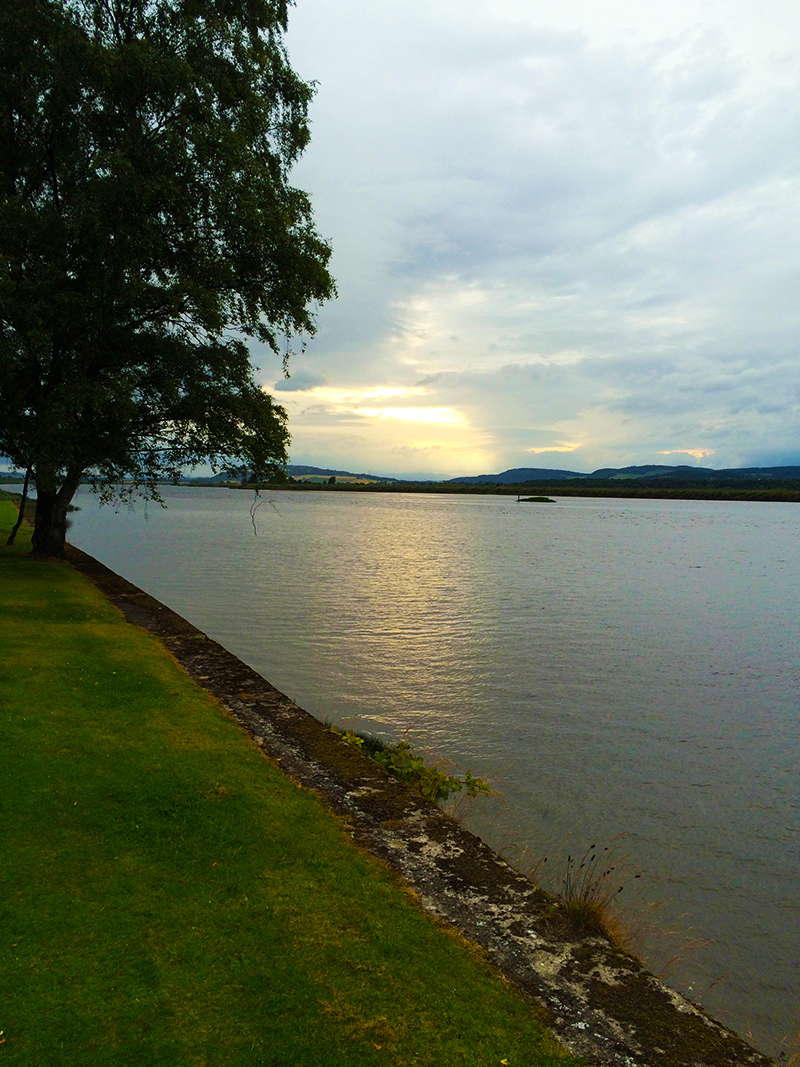
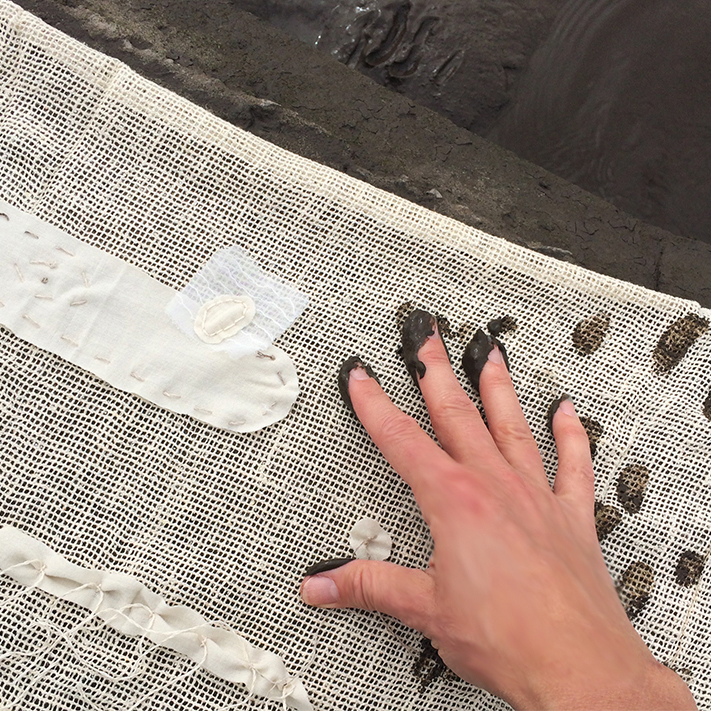
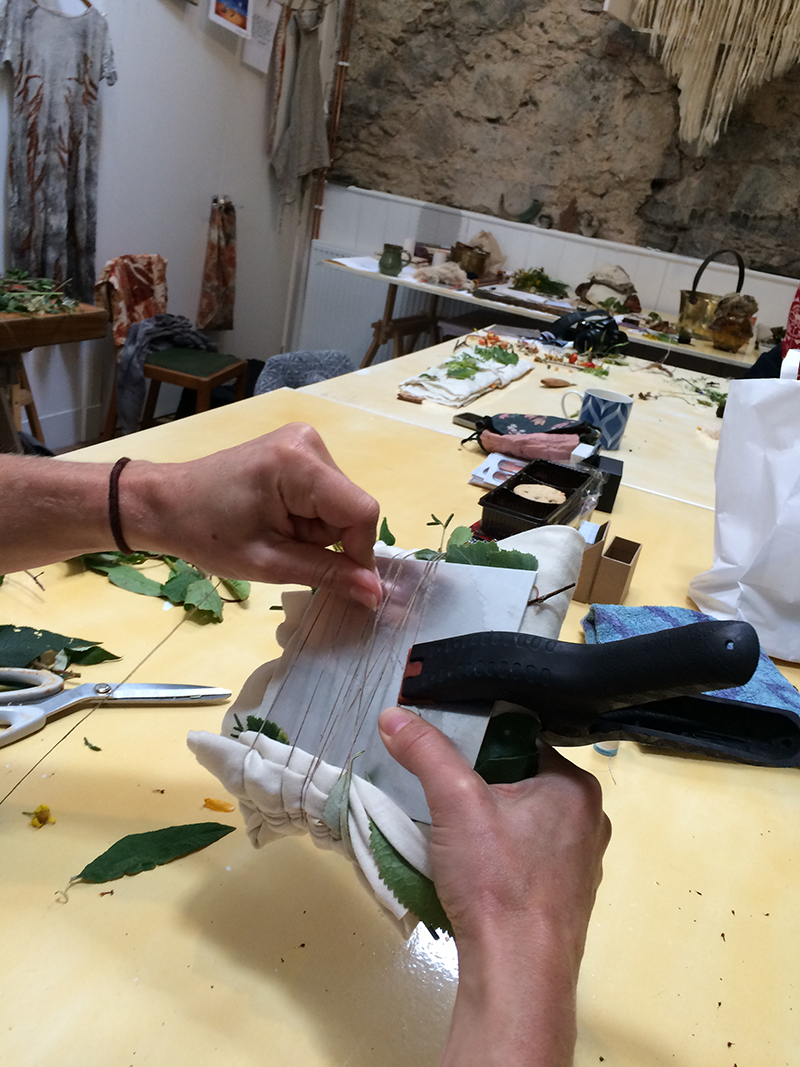
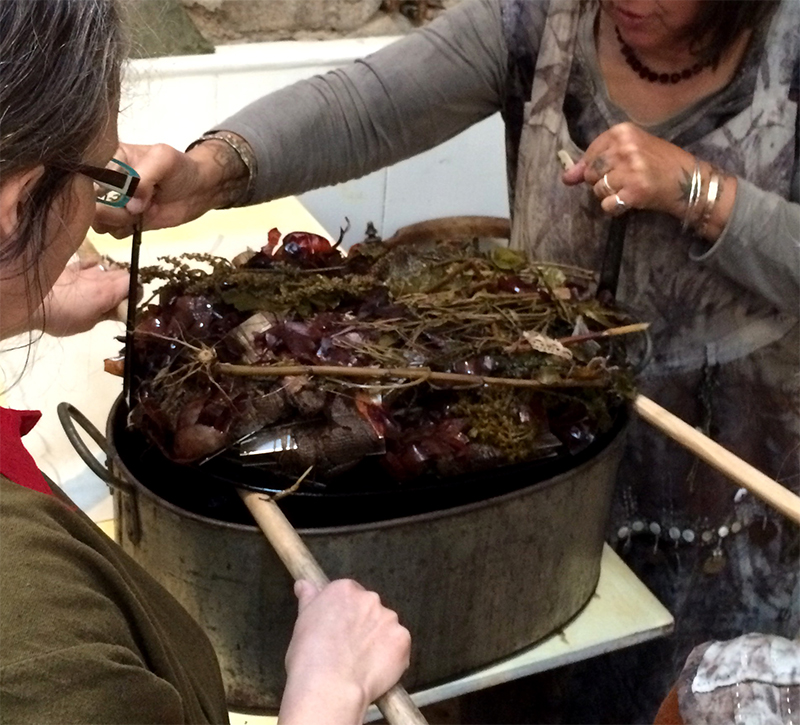
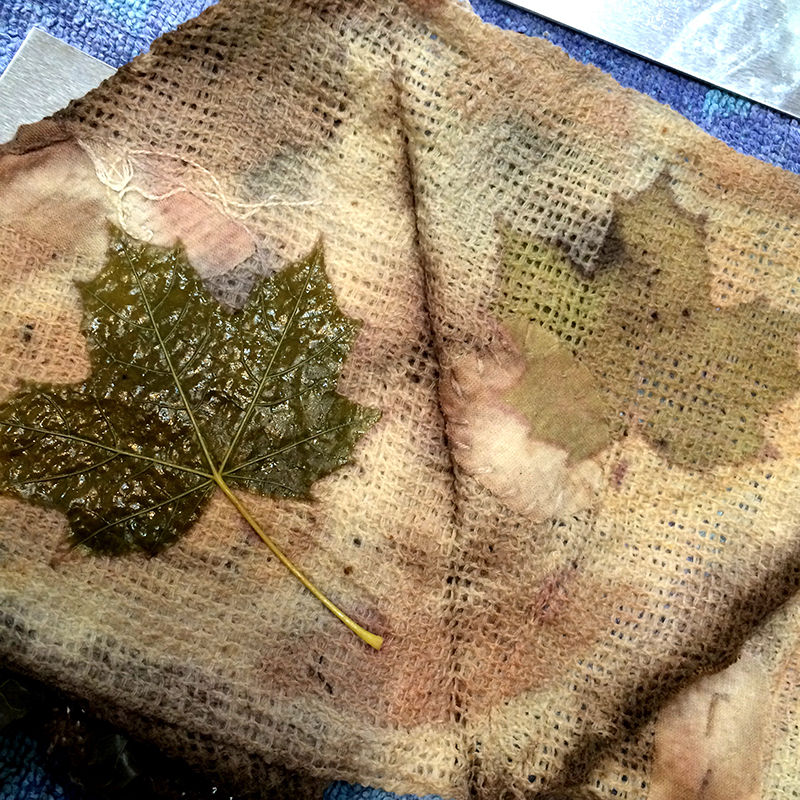

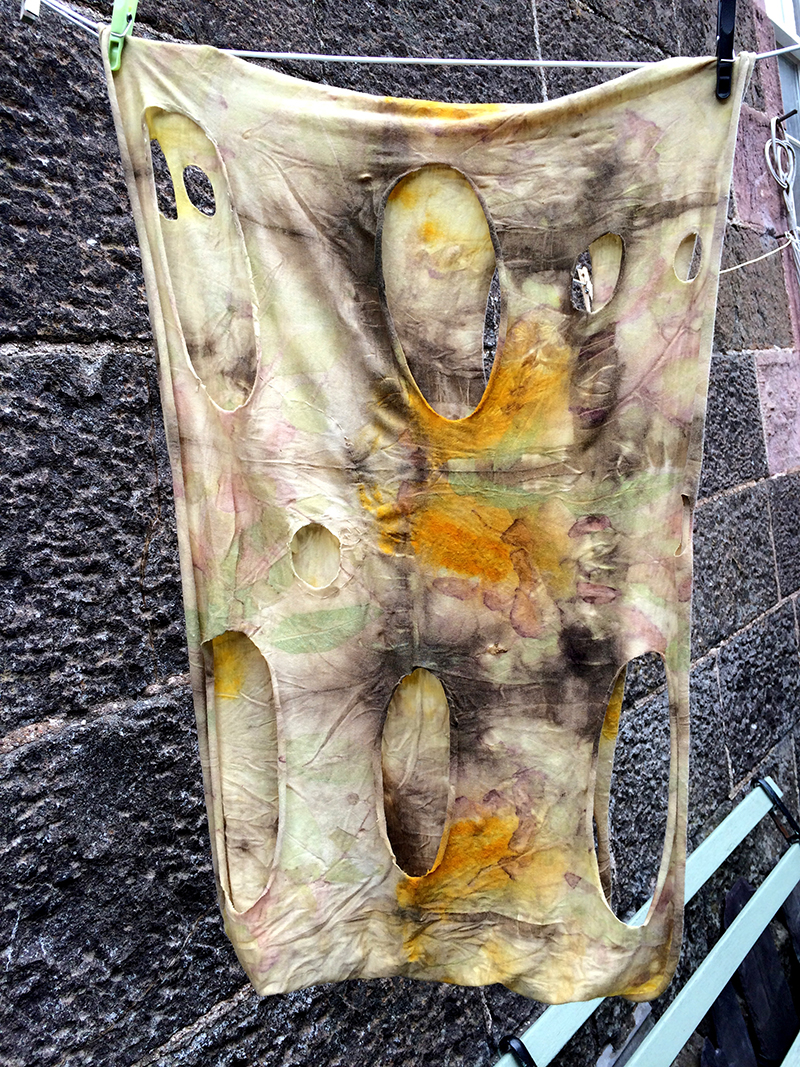
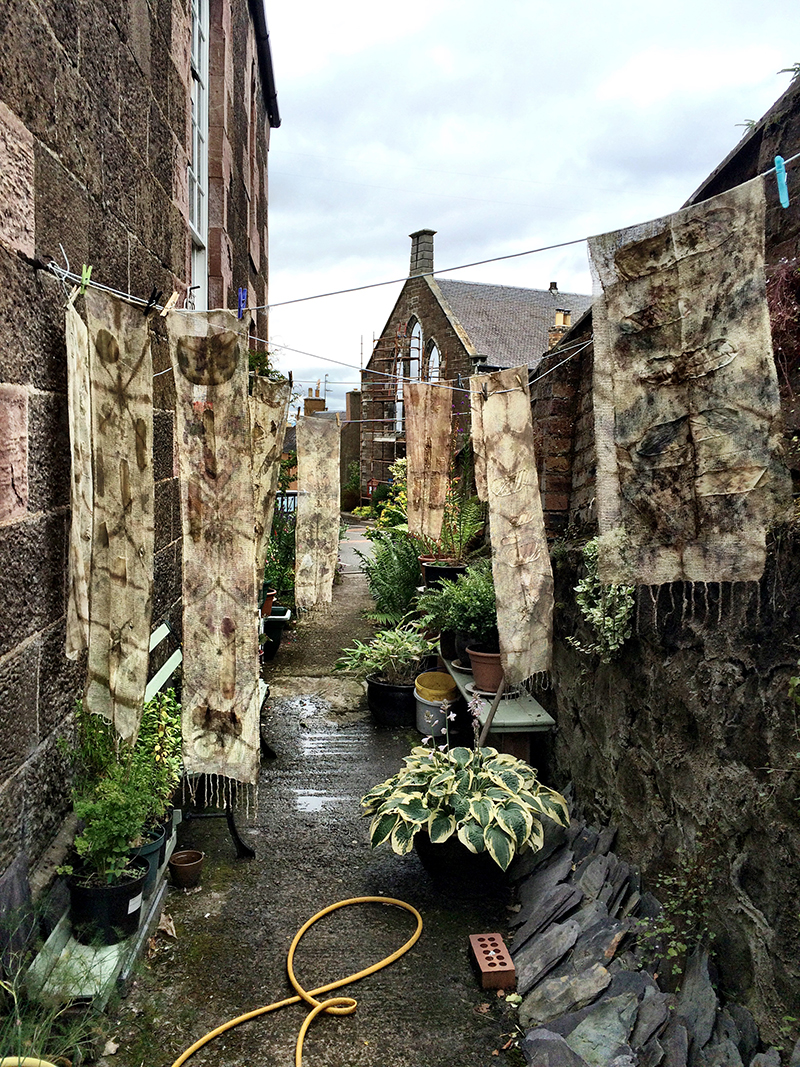
Leave a Reply